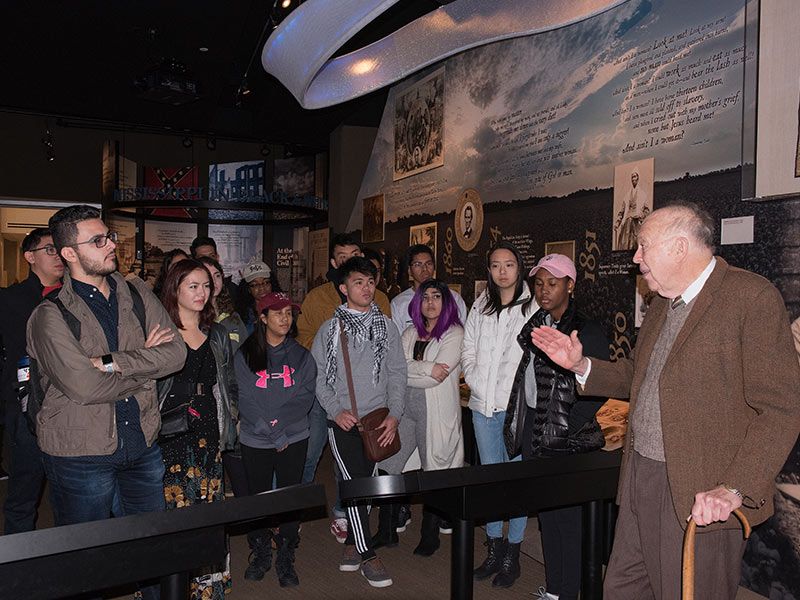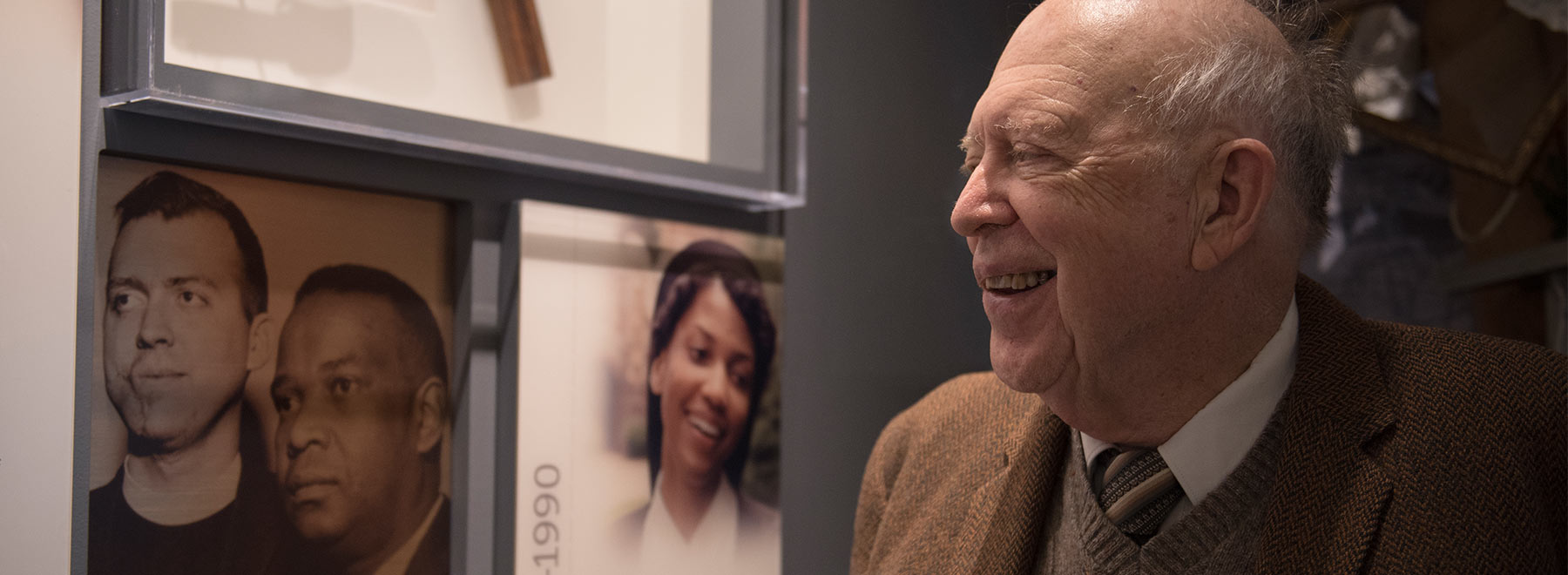Faculty member bears witness, scars from voting rights crusades
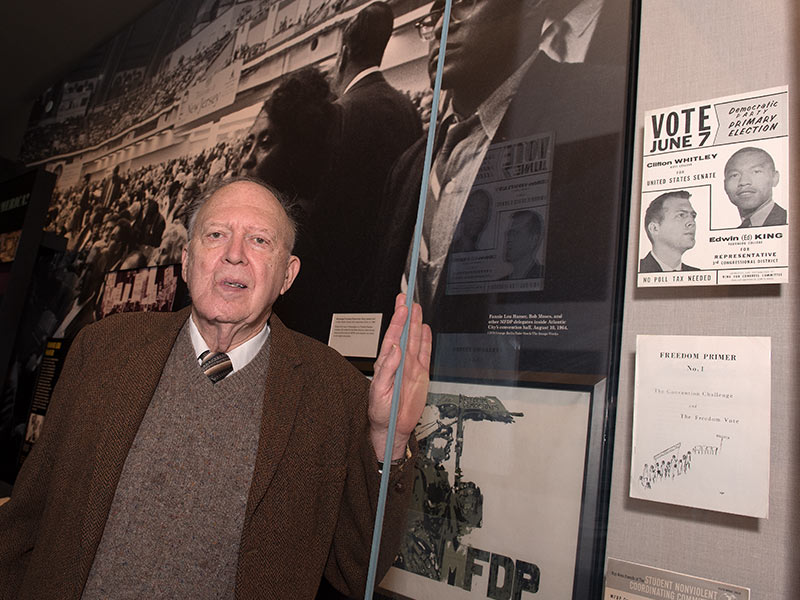
The Rev. Ralph Edwin “Ed” King grew up in an outwardly peaceful town of tall, tumbling bluffs, streets paved with brick and a courthouse with 30-foot columns and an old clock tower that watched the river and the world pass by.
But on hot summer days the rumbles of storms that churned the Mississippi echoed the turmoil of a long-ago war, a war many were still fighting in the 20th century there in Vicksburg and across the state, where some regarded King as the enemy.
The Warren County native’s crime was to join the Civil Rights Movement as a white minister advocating for black voting rights in the ’50s and ’60s.
Down through the years, his reputation for activism followed him to the University of Mississippi Medical Center, where he joined the School of Health Related Professions in 1974.
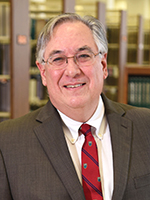
“Right here on campus we have a direct participant in events that shaped our nation,” said Dr. Ralph Didlake, UMMC associate vice chancellor for academic affairs and chief academic officer, who hopes King will work with him to archive his papers.
“He will, on the one hand, downplay his role and importance,” Didlake said, “but, on the other hand, I believe he knows how important is the history he holds. Even today, he’s driven to write and record it.”
King’s narrative describes his part in a movement that made him respected among some of his peers but suspect among some within his race.
Now, decades later, King, 81, is a retired minister of the Mississippi Conference, United Methodist Church; he keeps an office on the UMMC campus, where he still lectures on the history of medical ethics, social factors of health care and the like.
He can also describe with authority the private words and hopes of such civil rights leaders as the Rev. Ralph Abernathy Sr., Andrew Young Jr. and, particularly, Dr. Martin Luther King Jr. and Medgar Evers.
“Medgar became the older brother and teacher,” Ed King said. “And Martin must have felt somehow that this white Southerner was worth redeeming.”
Evers, field secretary for the NAACP, was one of the Mississippians who urged Ed King to come back home after his studies up North. King remembers, clearly, a meeting with Evers in the early summer of 1963.
“It was a religious experience,” King said. “I listened to Medgar speak about a decision that had tormented him.” It was one of the last decisions his friend would make.
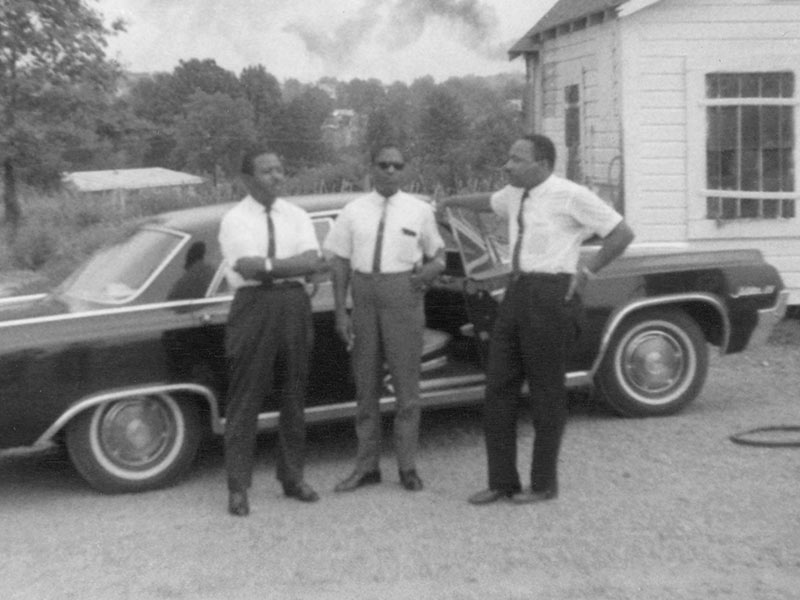
‘AN EMBARRASSMENT TO AMERICA’
Among the sights that greet visitors to the Mississippi Civil Rights Museum are photos of a young minister with a bandaged face. They were taken when King was perhaps better known, in the ’60s, when he was the survivor of a suspicious car wreck.
But Ed King’s name still resonates today with veterans of the movement, journalists, historians and scholars. The National Civil Rights Museum in Memphis also honors his contributions, naming him an “Icon of the Movement.”
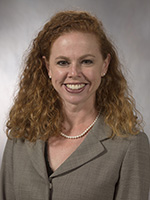
“He is a classic example of a civil rights activist,” said Dr. Stephanie Rolph, associate professor of history at Millsaps College, one of the institutions that cultivated King’s sense of justice.
“They were behind-the-scenes, often unrecognizable, doing the real work that goes into organizing. Most were not Martin Luther King Jr., Malcolm X, Rosa Parks or Fannie Lou Hamer,” said Rolph, whose specialty is civil rights history in the South.
“They were people on the ground, producing flyers, going door-to-door, laying the groundwork. Ed King is very quick to point out those he thought were more dynamic than him and who haven’t gotten enough attention. He deflects the attention away from himself.”
Certainly, he tried to do so in a recent interview on the UMMC campus, where he retains what amounts to a courtesy appointment as associate professor of clinical health sciences in SHRP.
“I was in jail less than a dozen times,” King said. “Some of my black friends were in jail at least 40 times.
“Violence was just part of it,” he said, at one point adjusting a necktie and collar covering scars on his throat. They are reminders that, a century after the Civil War had preserved the Union, many white Southerners were still challenging the federal rule of law; they were targeting anyone who supported de-segregation.
“Just about anybody who was involved in the civil rights movement here was probably arrested, beaten, tortured,” King said.
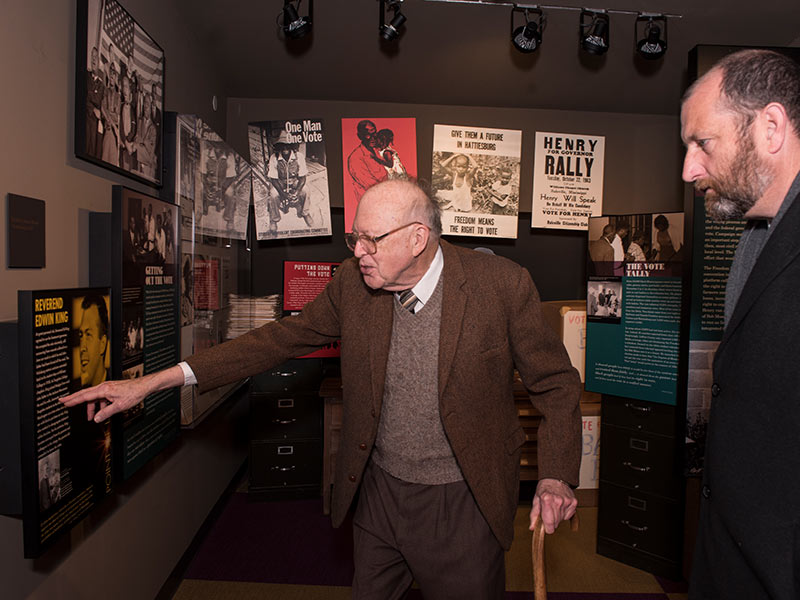
The brutality he and many others encountered was a reaction, in part, to the 1963 Freedom Vote, a piece of the effort to restore suffrage to disenfranchised black citizens. For the most part, the power of the ballot had been denied African-Americans in the South, since at least the end of the 19th century.
About a year after the Freedom Vote began, King helped establish the Mississippi Freedom Democratic Party, a proposed antidote to the regular, segregationist Democrats.
As an officer of the MFDP, he lobbied for equitable voter registration laws, traveling to the nation’s capital, where one U.S. Congressman told him, “‘I know you work for Chairman Mao.’”
After making this reference to the leader of Red China, the lawmaker “told me to never come back to Congress again,” King said.
In his own state, this grandson of a Mississippi sheriff would have been killed, he said, if certain white cops had ever found him alone in a car at night.
His car was run off the road. He was chased. He was a passenger in a car that was crushed from the side by a speeding vehicle. He was hospitalized several times. Part of his face has been reconstructed.
“The movement was an embarrassment to America,” King said. “It fit into the pattern of hysteria that dominated politics then. We were grassroots, and that’s a threat to people who run the world. Only if they can predict your moves will they tolerate you.”
It’s hard to exaggerate the dangers those in the movement faced, said Dr. Trent Brown (formerly Trent Watts), professor of American studies at Missouri University of Science and Technology.
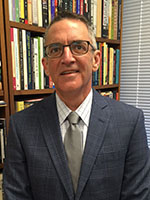
“When Ed King and other civil rights workers tell you their impressions of violence, fears of violence, fears of death, you may wonder, ‘Is this exaggerated?’ The short answer is ‘no,’ said Brown, the co-author of “Ed King’s Mississippi: Behind the Scenes of Freedom Summer.”
Published by University Press of Mississippi in 2014, “Ed King’s Mississippi” is a collection of about 40 photographs King took during the crucial summer of 1964. Brown, who grew up in McComb and Brookhaven, knew of King’s contributions to the movement and proposed the book’s concept some 50 years later.
It includes Ed King’s written impressions of the work done by Martin Luther King, Freedom Summer volunteers and the local people. The photos include one of Martin Luther King smiling and holding a cue stick as he’s surrounded by listeners inside a Neshoba County pool hall shortly after the murders of three civil rights workers near Philadelphia.
It would be another month or so before the bodies of James Chaney, Andrew Goodman and Michael Schwerner were discovered. It was less than four years before the murder of Martin Luther King. In the photo shot that day in Philadelphia the most famous martyr of the movement may have looked relaxed, but he wasn’t; no one was, Ed King said.
“Some feared we would all be bombed inside the tiny pool hall.” Their offense was to listen to MLK’s message: support the Mississippi Freedom Democratic Party and register to vote.
Later, white clergy outside the state condemned Martin Luther King for appearing in a pool hall, Ed King said.
“Meanwhile, the search for the bodies continued.”
‘SHE COULD HAVE BEEN FIRED’
As a boy, Ed King played where men had died. Slipping through the trenches of Vicksburg National Military Park, he acted out adventures on land commemorating one long battle in the war that ultimately ended slavery.
It honors the soldiers who were lost trying to stitch back together a country that appeared ready to unravel again, even before King was out of high school.
“By the time I was 10 or 12, I realized that America had not figured out yet how to deal with slavery,” he said. “By the time I was in high school, the Brown v. Board of Education decision was being debated.”
That 1954 U.S. Supreme Court ruling said the racial segregation of public schools was unconstitutional. At least one of King’s teachers told him and his fellow high school seniors that Brown was the law; she told them they were the last students to go to segregated schools.
“She said, ‘We as Americans, and Mississippians, will find a way to do this.’ This was a native Mississippian, a white woman, doing her job, back when you could do your job,” King said. “Two years later, she could have been fired for saying that.
“Moderates had become silent by then. The conservatives took over the state and gave the impression that there was only one tolerable view: segregation forever.”
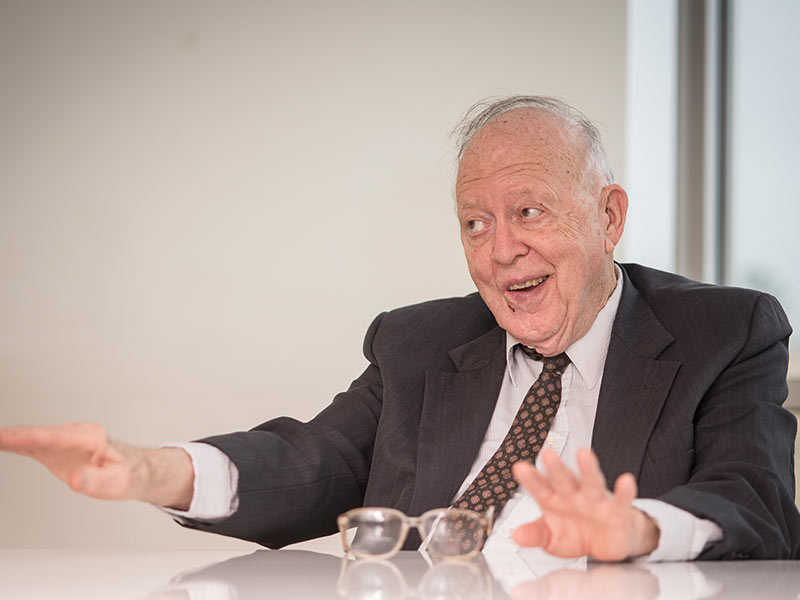
The hard feelings that fostered that view did not soften in 1955, after the murder in the Mississippi Delta of a 14-year-old boy, an African-American, who had allegedly offended a white woman.
Among those talking about the Emmett Till case was Mississippi’s pre-eminent writer, William Faulkner, who said, “… if we in America have reached that point in our desperate culture when we must murder children, no matter for what reason or what color, we don’t deserve to survive, and probably won’t.”
Faulkner was dismissed by some, but among those he had spoken for was Ed King, whose convictions were reinforced while he was a sociology major at Millsaps College in the ’50s. He attended academic programs at nearby Tougaloo College, where he met an influential sociology professor, Ernst Borinski, and Evers.
For Ed King, Sunday school and mission teachings also held sway, and opened him up to the words of Martin Luther King, whose messages on the power of love and nonviolence echoed those of Jesus and Gandhi.
He joined the movement, organized sit-in demonstrations, including one at the Jefferson Davis Hotel In Montgomery, Alabama, to test segregation laws. The law won, at least for a while. King found himself on a road gang guarded by men on horseback with shotguns.
“I never thought I’d be a sit-inner,” King said, who had believed he would work behind the scenes. But one day there was this photo in the Montgomery Advertiser and, he believes, in Mississippi’s Jackson Daily News: Ed King in black-and-white prison garb. Folks back home would see it.
“What’s remarkable to me about Ed King’s past,” Brown said, “is that he could have taken a church, he could have taken an easy path through the decades. He could have at least chosen a less confrontational path. Most people did.
“He saw something that spoke to his conscience, his faith, and said, ‘I know what I have to do,’ and he did it, and suffered for it.”
His family did, too. “People in church would move to another pew rather than sit by my mother,” King said. She and King’s father, both segregationists, were run out of the state for having a “communist” son.
“I never thought I would bring that kind of pain to my parents,” he said.
And he had thought he would never be able to come back to Mississippi because of his views. Evers was one of those who persuaded him otherwise.
Months after the integration of the University of Mississippi by James Meredith in the fall of 1962, King returned to his home state, becoming the first white chaplain of Tougaloo College
In October 1963, for the Freedom Vote mock election, he was selected as a candidate for lieutenant governor by Bob Moses, a leader of the Student Nonviolent Coordinating Committee in Mississippi. Ed King was the running mate of Aaron Henry, an African-American who became head of the Mississippi branch of the NAACP.
That same year, King was an observer when an integrated group of Tougaloo College students staged a sit-in at the Woolworth’s lunch counter in downtown Jackson. They were attacked by a white mob, who drenched them with ketchup, sugar and mustard, dragged two women by the hair, and kicked one man until he was unconscious and bleeding on the floor.
Two weeks later, on a June night in Jackson, King saw Medgar Evers for the last time.
‘HE WAS AT PEACE’
For years, King worked closely with a Jackson native, a graduate of Millsaps and the Boston University School of Social Work who helped organize the 1964 Freedom Schools and, in 1965, the first Head Start program in Mississippi.
She was also arrested in Jackson and, like King, would work for UMMC, but as a medical social worker. Her name was Jeannette Sylvester King, King’s wife at the time. Their two daughters and four grandchildren live on the West Coast today.
“I never could have done all this without her,” Ed King said.
In 1964 they served together as local organizers of the Mississippi Freedom Democratic Party; he was a party delegate at the ’64 and ’68 Democratic National Conventions.
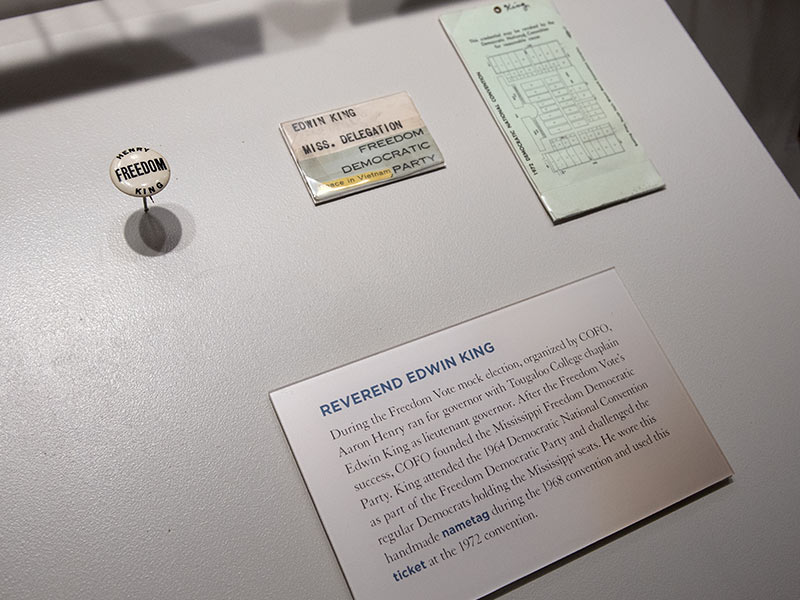
Still, by the late ’60s or so, King was becoming less visible. “His natural inclination as the movement progressed was to enable African-American activists to surface and be on the front lines,” Rolph said.
“He saw this as their campaign and their fight …. [But], from where I stand, his contributions were critical to the movement, not only in terms of organization, but also in more tangible ways: his involvement in support of the Capitol Street protests and the Woolworth’s counter sit-in in Jackson, his witness to the aftermath of Medgar Evers’ murder.”
On the night of June 12, 1963, King had met Evers in the foyer of a small church. “The decision he’d had to make was whether to ask Martin Luther King to come to Jackson,” Ed King said. “He believed he would lose his job with the NAACP if he did.
“But that night, he had decided to invite him, and he was at peace with it.”
Hours later, Evers would be shot down in his driveway at his Jackson home. “There are many legends about what happened that night,” King said.
One story says that after Evers was shot, it took a long time for police officers to arrive; it says that the Medical Center at first refused to admit him. King believes those notions were part of a civil rights narrative in which others elsewhere were actually treated that way; assumptions were made, or the details migrated to the story of Evers’ death.
In this case, the details were untrue, King said. “The police thought it would take too long to wait for an ambulance, so they used a mattress brought from one of the children’s bedrooms; they carried Medgar to a neighbor’s station wagon.
“They took him to the Medical Center. He was not turned away. The University of Mississippi Medical Center did everything possible to save the life of my friend.
“I am proud to have been part of the University for most of my life.”
‘ISSUES THAT ARE STILL WITH US’
King has been part of the Medical Center since his hiring more than 40 years ago by Dr. Tom Freeland, the then-dean of SHRP, who believed King’s contacts could aid in minority recruiting.
Freeland was “deeply interested in minority participation in the expanding role of the allied health professions in Mississippi,” said King, who had completed a fellowship at Harvard Divinity School and held master’s degrees in theology and in social ethics from Boston University. He holds honorary doctorate degrees from Millsaps and Tougaloo as well.
“But don’t ask me to do surgery,” King said.
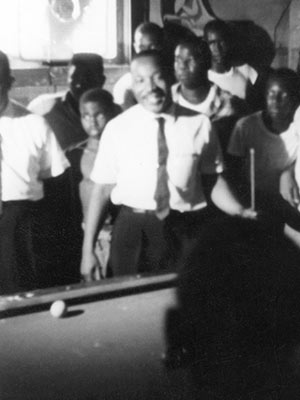
Sometime after King arrived here, Didlake began exploring in detail Mississippi’s social history. Ed King’s name came up, Didlake said. “After that, I took every opportunity to sit next to him and listen to his stories.
“He is a trove of information and insight that simply couldn’t be replaced,” said Didlake, who is urging King to have his papers archived either at the Medical Center alone or in collaboration with other institutions.
“He has made such contributions to the Medical Center community and to the community at large. We are obligated to preserve this important history.”
King persists in recording that history. Among his projects is research for a book about poverty, national politics and race. “These issues that are still with us,” he said. His material has appeared in the Mississippi Writers Series from University Press of Mississippi, as well as in other books and journals.
In 2017, University Press published "Sanctuaries of Segregation” by historian Carter Dalton Lyon, about the campaign King led in 1963-1964 to integrate white churches.
“He is different from some who enlisted in the movement and bear the scars,” Rolph said. “Like war veterans, that time in their life was traumatic. Ed King has filled the vacuum left by others who won’t talk about it, or who didn’t survive. And he has maintained a fabulous amount of humility about the work he did.
“There is just nobody else like him.”
This was apparent during King’s recent tour of the Mississippi Civil Rights Museum, where he consented to deliver an impromptu talk for a group of visiting students from Brown University. In 10 minutes’ time, he had linked, for them, the story of the 19th century Amistad slave revolt and the history of Tougaloo College.
Afterward, he walked down the corridor leading to the adjoining Museum of Mississippi History, to a display crowned by the images of three young men: Chaney, Goodman and Schwerner.
King paused to gaze at the drawings of the men who had been murdered in Mississippi and whose ranks he might have joined; and then he moved on.
